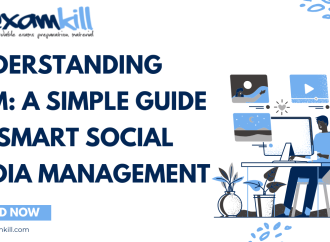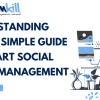In a world increasingly conscious of its environmental impact, the intersection of sustainability and personal finance is garnering attention. As individuals seek ways to align their spending habits with their eco-friendly values, a new trend emerges: sustainable spending. This concept goes beyond simply purchasing eco-friendly products; it encompasses a holistic approach to consumption that considers
In a world increasingly conscious of its environmental impact, the intersection of sustainability and personal finance is garnering attention. As individuals seek ways to align their spending habits with their eco-friendly values, a new trend emerges: sustainable spending. This concept goes beyond simply purchasing eco-friendly products; it encompasses a holistic approach to consumption that considers the environmental, social, and economic impacts of every dollar spent.
Breaking Down Sustainable Spending

This image is taken from google .com
Sustainable spending is about making intentional choices that minimize harm to the planet and promote positive change. It involves evaluating the entire lifecycle of products, from sourcing raw materials to disposal, and opting for options that are environmentally friendly, ethically produced, and durable. While some may perceive sustainable options as expensive, the reality is that conscious consumerism can actually save money in the long run.
Strategies for Sustainable Saving
- Invest in Quality: While sustainable products may have a higher upfront cost, they often last longer and require less frequent replacement, ultimately saving money over time. Whether it’s clothing, appliances, or furniture, opting for higher quality items reduces waste and minimizes the need for constant repurchasing.
- Embrace Minimalism: Adopting a minimalist lifestyle not only reduces clutter but also encourages mindful consumption. By prioritizing experiences over material possessions and focusing on what truly adds value to life, individuals can save money while minimizing their environmental footprint.
- DIY and Upcycling: Get creative with repurposing old items or creating homemade alternatives. DIY projects not only save money but also reduce reliance on disposable products and minimize waste.
- Plan Meals Mindfully: Food production and distribution have significant environmental impacts. Planning meals, buying in bulk, and reducing food waste not only save money but also contribute to a more sustainable food system.
- Opt for Sustainable Transportation: Choose walking, biking, or public transportation over driving whenever possible. Not only does this reduce carbon emissions, but it also saves money on fuel and vehicle maintenance.
Opinion: The Power of Sustainable Spending
Sustainable spending is not just a personal choice; it’s a statement of values and a catalyst for change. By voting with their wallets, consumers have the power to influence corporate practices and drive demand for more sustainable products and services. However, this power comes with responsibility. It’s essential for consumers to critically evaluate greenwashing tactics and hold companies accountable for their environmental claims.
In a world grappling with climate change and ecological degradation, sustainable spending offers a ray of hope. It’s a tangible way for individuals to contribute to a more sustainable future while also improving their financial well-being. As the momentum behind sustainable living continues to grow, so too does the potential for positive impact. Sustainable spending isn’t just about saving money; it’s about investing in a better world for future generations.






















